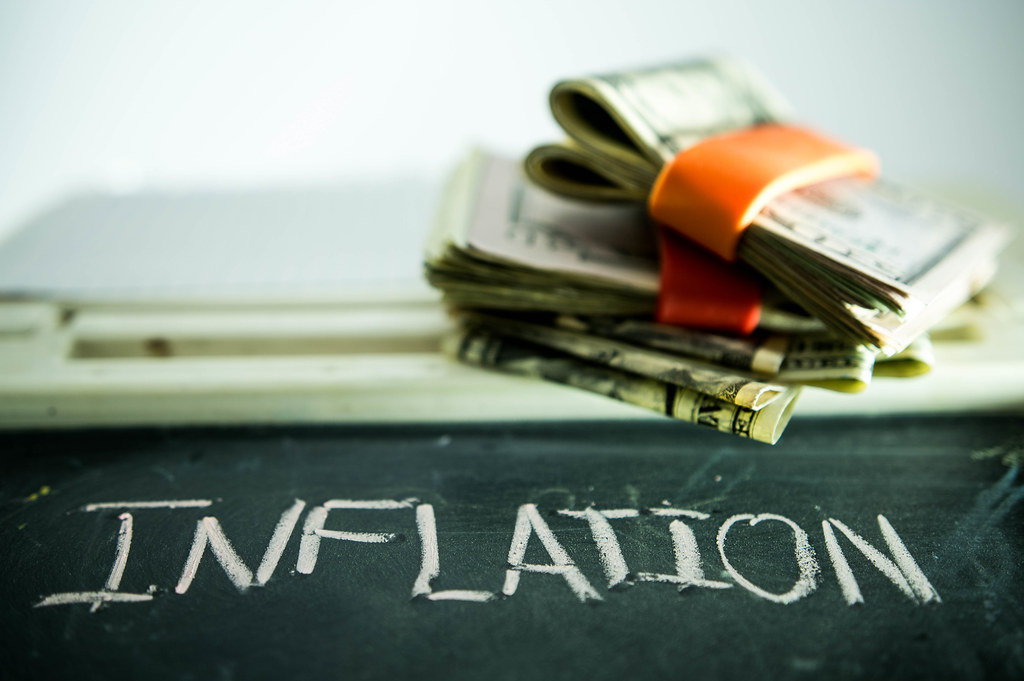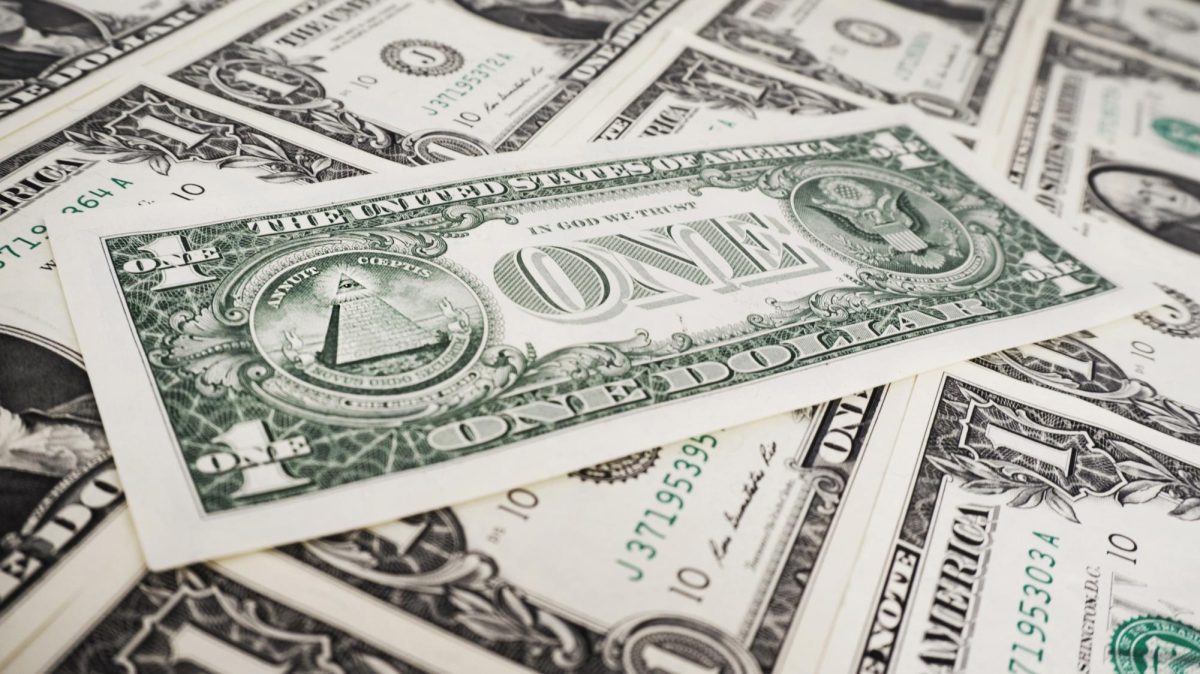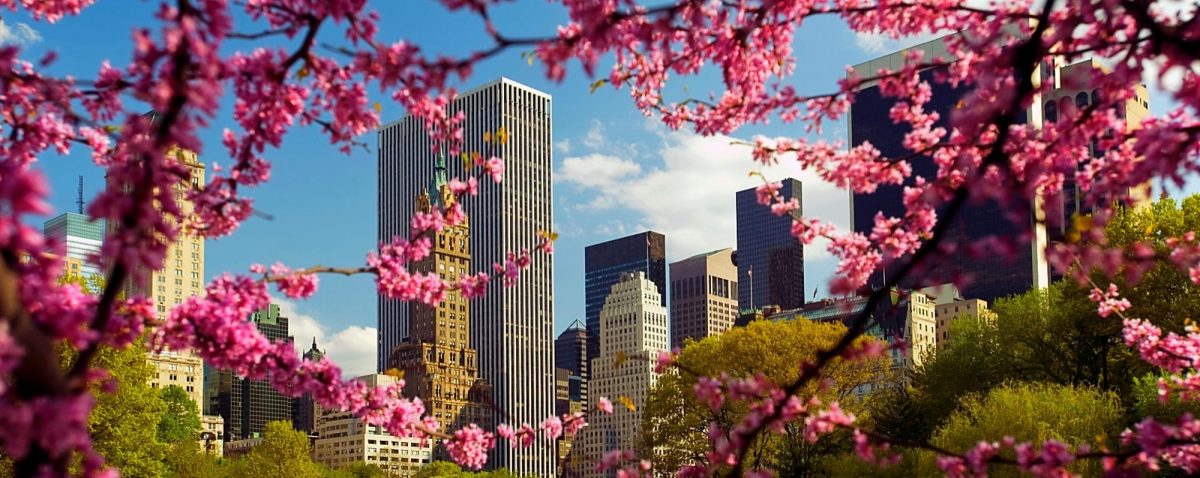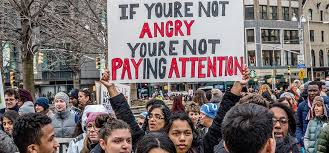“Grocery Prices” by Hamza
Timmy entered the grocery store. He looked around, and there were a lot of people rushing to get toilet paper and other important items. The shelves looked empty. He was confused at first, but he bought the stuff, and he went back home. A day later, he turned on the TV, and he saw the news saying that a new virus is spreading quickly. Its name was COVID-19. His parents panicked after he told them, and they sped to the grocery store.
So, basically, inflation is when there is a lot of demand for something but not much supply. One big example is grocery stores. The prices have increased so much lately that people can’t survive. An average basket of groceries nowadays is $30. “Average basket: For a mix of meat, produce, and staples, a typical grocery run for 5 items could cost $20 to $30 or more.”
Here is a quote by IFM “Inflation is the rate of increase in prices over a given period of time. Inflation is typically a broad measure, such as the overall increase in prices or the increase in the cost of living in a country.” This quote explains the meaning of inflation.
When talking about inflation, it’s a really common word everywhere. Throughout the years, inflation has really taken a toll on being a huge problem. Ms. Corson is my Chicano movement teacher, and she has some experience about inflation because inflation was a struggle for her when she was in grad school. As said by Ms. Corson, inflation has really affected her sometimes, and one of them is when tariffs were occurring: “One of the most interesting and irritating ones. This past spring, the new tariffs made egg prices go up.”
And Mrs. Corson was right. Politics have a main impact on inflation, especially grocery prices, as also said by President Donald Trump: “Groceries went through the roof, and I campaigned on that. I talked about the word groceries for a lot.”
But when we talk about inflation, it’s not only one thing. Inflation has many types. One of them is demand-pull inflation. This type of inflation is when demand for goods increases faster than supply, pushing prices up. For example, during the holiday season, more people buy turkeys, flour, and sugar to cook big meals. Since the demand is higher than usual and supplies are limited, grocery stores may raise prices on those items.
Another type is cost-push inflation. This type of inflation is when the cost of producing goods increases, and producers pass those higher costs on to consumers. Suppose the price of fertilizer and animal feed goes up. Farmers now spend more to grow vegetables or raise livestock. As a result, the price of milk and beef increases at the grocery store because it costs more to produce and transport them.
This is how grocery prices changed over time. The prices started a visible increase between 2020–2022. For example, in 2019, two cartons of 10 eggs were $5. Now, in 2025, an 18-pack is $14.
So, why do grocery prices go up so fast? Grocery prices usually go up for many reasons, but some of them, like labor costs and supply chain disruptions, always make prices skyrocket. Supply chain disruptions mean less supply and higher transportation costs, and high labor wages mean higher production and delivery costs.
Do you know who is called the cornerstone of America? Farmers. Farmers are one of the main reasons for inflation because the more that farmers spend money on animals and crops, the more that our grocery prices increase. For example: “If it costs more to raise chickens, the price of eggs and chicken meat goes up.”
To try to survive this, people have some common ways of saving money.
Inflation is usually when there is demand on items, and during holidays, demands are super high. That’s why sometimes, if it’s Thanksgiving or Halloween, you’re going to find turkeys and candy more expensive than usual. This is because the demand for items like that is super high.
Did you know that families across America are struggling because of inflation? Families have to buy cheaper products and store-named brands just to survive, and some of them can’t hold for much longer. “Approximately 478,749 U.S. families and individuals filed for bankruptcy.” All of this is due to inflation, especially grocery prices.
Inflation also affects businesses like chip brands and candy brands, so they decide to make the best profit out of anything. Shrinkflation is a word used to describe when a company makes the packages look the same, but they actually shrink way more.
Did you know when people deliver food, it indirectly causes grocery prices to go up? Because when gas prices go up, it takes more money to deliver food, which makes delivery groceries even more expensive.
Experts think that in the next 5 years, inflation is going to slowly decrease, but there is a chance of it increasing if something happens. “Most forecasts predict that inflation will decline from recent highs and approach central bank targets, though this will likely take several years.”
All of this that I talked about is senior inflation, but what many people don’t realize is there is something called junior inflation. An example of junior inflation is when you buy eggs, and let’s say you dropped two of them. When you keep adding them up, it increases the rate of inflation in your house, so it adds up to the senior inflation.
“Inflation and gas prices” by Naomi
I remember being on a family road trip after COVID. My family was driving to Golden Nugget, a 4-star hotel in Atlantic City. We were really low on gas, so we pulled over to a gas station, and my dad was filling up the car, and the final cost came up to $88. My dad was super mad because of how high the price was. We ended up having a good time, though.
This part of the article talks about gas prices and pricing for traveling and how they changed over time, especially during COVID.
Adriana states, “But he saw the final cost of how much gas, and he was stunned, and the total came up to $57.”
During COVID, there was an uprising in gas prices that went up to $5 (in the U.S.). Everybody was frustrated with the amount of increase in gas back in 2022. It later dropped to around $3 in 2023, which wasn’t a terrible price and still pretty affordable, but some people can’t have that money to spend—especially if they have to pay car insurance or have to pay something for their car.
Gas prices have a major impact on our society. Imagine having to visit a family member, but you can’t because of how high gas prices are. It’s a real struggle for some people, and it’s very sad to see people not be able to afford these expensive prices.
Nerdwallet concludes that “The average regular gas price in the U.S. as of Oct. 1 is $3.160 per gallon, according to AAA, down from $3.204 a year ago and down from $3.190 last month,”
In the early 2000s, gas prices were around $1.356. Now it’s $3.160 and pretty expensive. Nerdwallet demonstrates, “It wasn’t that long ago that gas prices were soaring: Prices surged in 2021 and 2022, largely due to two economic disruptions—pandemic-related supply shocks and then Russia’s invasion of Ukraine.” Seeing these prices can help us determine how inflation affects everyone and helps us understand that when different kinds of situations happen, it usually impacts us economically or politically.
MTA fares have gone up exponentially. In the 2000s, all buses and subway fares were $1.50.
Now, in 2025, they’re getting rid of MetroCards and replacing them with OMNY cards, tap-and-go, etc.
They also increased the pay for NYC transportation a lot. The fares for local buses and subways are $2.90, but in 2026, they’re going to make it $3. For express buses and subways, the pricing now is $7; in 2026, it’s going to be $7.25. This is a very dramatic change, especially since people can’t afford all of that money being wasted.
Some of the reasons why gas inflation might be happening are because of the oils. In this article, it talks about why gas is so expensive: “Gasoline prices tend to increase when the available gasoline supply decreases relative to real or expected gasoline demand or consumption. Gasoline prices can change rapidly if something disrupts crude oil supplies, refinery operations, or gasoline pipeline deliveries.” Meaning that if the supply of gas decreases, the price of gasoline will increase. So let’s try to understand how the main source of gasoline is made and why the supply of gasoline decreases sometimes.
Britannica states that “Crude oil, liquid petroleum that is found accumulated in various porous rock formations in Earth’s crust and is extracted for burning as fuel or for processing into chemical products.”
So then, why is it so expensive? It’s expensive because almost every single vehicle needs it.
The cost of gasoline in the U.S. has gotten better over time, but it’s still a controversial topic that’s very significant to this world today. Traveling, in general, is overall expensive no matter what transportation method you choose.
As of now, gas prices aren’t extremely high, but they’re still in that range of getting to the point where nobody can afford gas for their cars. Gas prices have been going down a bit, but they’re still high and not compared to what they used to be. Many people haven’t said much about the gas prices because they went down, but it still has a memorable impact on everyone.
Fourteen-year-old Roston—his parents own a 2007 Toyota Corolla. During COVID, Roston had struggles with gas prices, and his family was really on edge because of it. “When we were on a road trip in 2021, the gas prices were $5 a gallon. It was super hard for us to get over that because we had spent around $66. It was kind of annoying because then everyone was pretty upset about the thought of so much money being spent for such little gas we got.”
Thirteen-year-old Adriana talks about how she and her dad have been in the car and how moods have changed. “I remember being in the car with my dad once, music blasting, both of us vibing until he saw how low the gas was. He realized that we had to hurry and get to a gas station quickly, so we quickly drove to the closest gas station and got there. But he saw the final cost of how much gas, and he was stunned, and the total came up to $57.”
Seeing all of these reactions of family members looking at how high these gas prices are is really normalized. Roston’s family was annoyed about the gas prices, and Adriana’s dad was rushing to get somewhere without thinking. Now, imagine the reactions of countless people trying to fill their gas tanks up but seeing how much money is going to be spent—it’s a really big hold-up.
My partner and I also want everyone to know how inflation has a negative impact on many people. It makes it harder for people to purchase things.
As these prices continuously continue to rise, it makes it really hard for poor people to live. Prices are already high enough as it is, but making them higher makes many other people’s lives much more difficult.
Overall, my work and my partner’s work are to show how inflation overall has a negative impact on most of society and to let people know why these things happen and how they negatively affect all of us.













